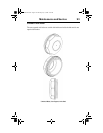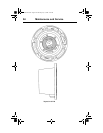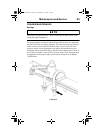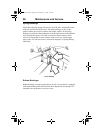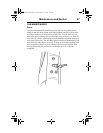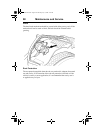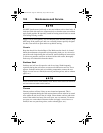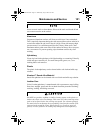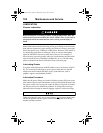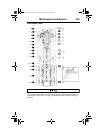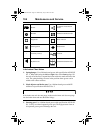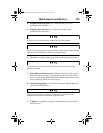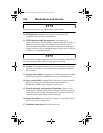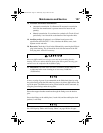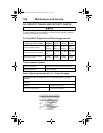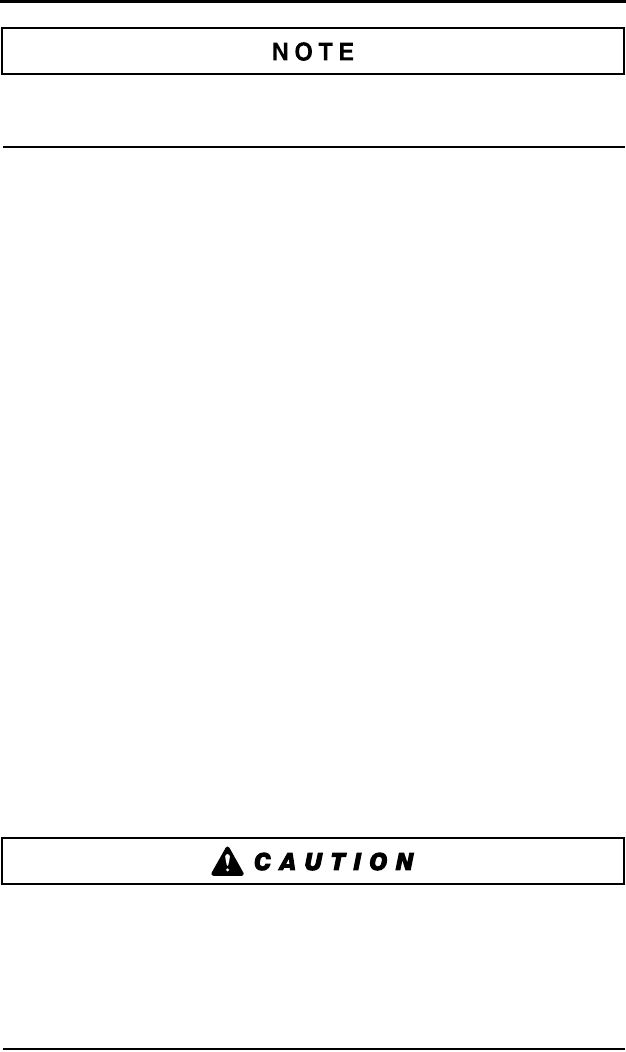
Maintenance and Service 101
Never use steel wool to clean chrome. Pieces of the steel wool break off and
can create rust stains on the surface.
Aluminum
Unprotected aluminum surfaces will form an oxide layer if not maintained.
This is especially important during the cold season when roads are salted or in
coastal areas where the salt level in the air is high. Clean with steam or high
pressure water. Use a mild detergent if the dirt is heavy. Rinse well. Clean
aluminum surfaces with warm water. If the surface has heavy dirt or tar spots,
use a tar remover. To prevent spotting, wipe aluminum surfaces dry after
washing.
Upholstery
Clean vinyl and cloth upholstery with light brushing or vacuuming. If heavily
soiled and spots caused by oil, ice cream shoe polish, grease, etc., use a
clothing fabric stain remover.
Plastic
The plastic in the upholstery can be cleaned with a soft cloth and mild soap
solution.
Alcntera™ Suede-Like Material
Suede-like upholster can be cleaned with a soft cloth and mild soap solution.
Leather Care
Volvo's Leather upholstery is manufactured with a protectant to repel soiling.
Over time, sunlight, grease and dirt can break down the protection. Staining,
cracking, scuffing, and fading can result.
DO NOT use gasoline, naphtha or similar cleaning agents on the plastic or
leather since these can cause damage. Take extra care when removing stains
such as ink or lipstick since the coloring can spread. Use solvents sparingly.
Too much solvent can damage the seat padding. Start from the outside of the
stain and work toward the center. Sharp objects (e.g. pencils or pens in a
pocket) or Velcro fasteners on clothing may damage the textile upholstery.
USA22978.bk.book Page 101 Wednesday, July 9, 2008 9:09 AM



